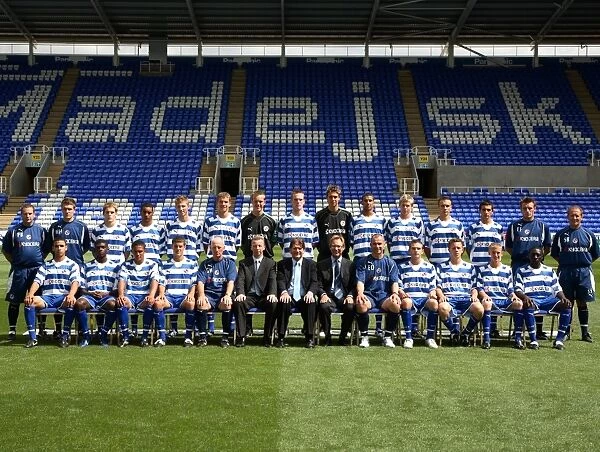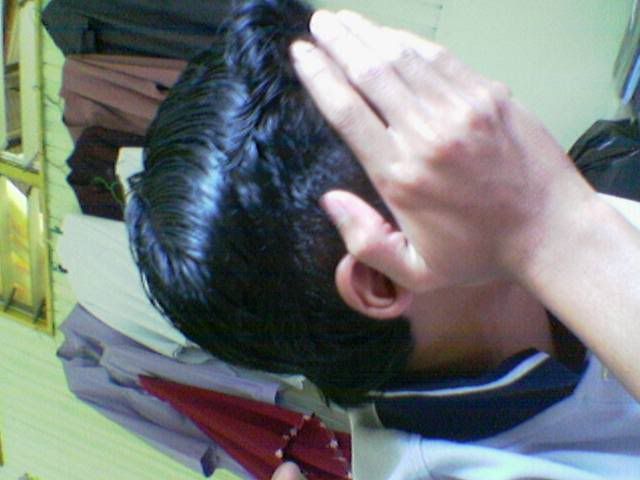 Club History
Club HistoryFROM FOUNDATION TO THE FIRST WORLD WAR
Arsenal Football Club began life when a group of workers at the Woolwich Arsenal Armament Factory decided to form a football team in late 1886. The Club played under the name of Dial Square. Their first match was a 6-0 victory over Eastern Wanderers, on December 11, 1886. Soon after, the name Royal Arsenal was adopted and the Club continued playing in friendlies and local cup competitions for the next few years.
In 1891 the Club turned professional and changed its name to Woolwich Arsenal, finally joining the Football League in 1893. The Gunners moved to their current home at Highbury in 1913, as a Second Division side. Following the First World War Arsenal were voted into the newly expanded First Division, where they have remained ever since.
CHAPMAN AND THE GLORIOUS THIRTIES
Herbert Chapman took over at Arsenal in 1925, and in 1930 he guided the Gunners to their first ever trophy — beating Huddersfield Town in the FA Cup Final. The following season Arsenal were champions for the first time. Between 1933 and 1935 the Club won a hattrick of league titles (which has only been achieved by four teams in the top flight). Sadly Chapman died in the middle of the run, by which time he had reached legend status.
George Allison took over and the dominance continued for the rest of the decade, winning one more FA Cup (1936) and another title (1938). During this time Arsenal had some of the game’s greatest players on its books: Alex James, Ted Drake, Cliff Bastin, David Jack, Eddie Hapgood and George Male were just some of the names in what was one of the greatest sides ever to play in the Football League.
POST-WAR TO THE FIRST DOUBLE
The Second World War stopped Arsenal in their tracks but Tom Whittaker became manager and more success followed. Arsenal were Champions in 1947/48 and 1952/53; FA Cup winners in 1950 and runners-up in 1952. The ‘60s provided little in the way of silverware at Highbury, with two losing appearances in the League Cup Final in 1968 and 1969 being the closest thing to success. Bertie Mee had taken over in the mid-Sixties and Arsenal lifted their first ever European trophy in 1969/70, beating Anderlecht 4-3 over the two legged Fairs Cup Final.
Better was to follow the following season. An Arsenal side containing the likes of Charlie George, George Armstrong, Ray Kennedy and captain Frank McLintock, won the league and FA Cup ‘double’. They clinched the title at White Hart Lane, then beat Liverpool after extra time at Wembley to win the Cup. The side returned to Wembley for three consecutive FA Cup Finals under Terry Neill at the end of the decade — winning the second of them, 3-2 against Manchester United. The game became known as the ‘Five Minute Final’. The Gunners also reached the 1980 Cup Winners’ Cup Final, with a team that included Graham Rix, Frank Stapleton, Pat Rice, David O’Leary and Liam Brady, but lost on penalties to Valencia.
GEORGE GRAHAM’S HONOURS
In 1986 George Graham, a member of the 1971 ‘double’ winning team, took over as manager from Don Howe and more glory days followed. He led Arsenal to their first ever League Cup triumph in 1986/87, beating Liverpool 2-1 in the Final. Two years later the Gunners won the League Championship, with a famous last minute goal from Michael Thomas clinching the title with a 2-0 win at Anfield. Another title followed in 1990/91, when the side, including the famous defensive back four, lost just one league game.
More silverware followed. In 1992/93 Arsenal became the first club to win both domestic cups in the same season. Sheffield Wednesday were the beaten side on both occasions. Graham’s era of success was rounded off the following season. A superb run in the European Cup Winners’ Cup ended with a memorable 1-0 win over Parma in the Final in Copenhagen, thanks to Alan Smith’s strike. Arsenal failed to retain the trophy the following season, losing in the 1995 final to Real Zaragoza. By this time George Graham had left the Club. He was succeeded by Bruce Rioch, who was in charge for one season, during which time he signed Dennis Bergkamp.
THE ARSÈNE WENGER ERA
Early in the 1996/97 season Arsène Wenger arrived at Highbury, becoming the Club’s first ever manager from outside the British Isles. In 1997/98, Wenger’s first full season at Highbury, Arsenal achieved the League and FA Cup ‘double’, for the second time in the Club’s history. Dennis Bergkamp was named Football Writers’ Association (FWA) Player of the Year, and PFA Player of the Year. A tremendous season was rounded off perfectly for French Internationals Emmanuel Petit and Patrick Vieira as the Gunners stars played their part in France’s victorious World Cup campaign. The Club also said goodbye to striking legend Ian Wright, who left Arsenal as record goalscorer with 185 goals in all competitions.
In each of the next three seasons Arsenal were runnersup in the Premier League, and had plenty of involvement in cup competitions. In 2000 Arsenal lost in the UEFA Cup Final on penalties to Galatasaray, and the following year lost the first ever FA Cup Final played at the Millennium Stadium, 2-1 to Liverpool. In 2001 the Gunners also reached the Quarter- Final stages of the UEFA Champions League for the first time, but lost out on away goals to Valencia. 2001/02 was to prove another momentous, recordbreaking season for the Club. Arsenal completed the first leg of their third ‘double’ by beating Chelsea 2-0 in the FA Cup Final, and ended the season with a 13-game winning streak. The 12th Championship was made secure with a game to spare courtesy of a memorable 1-0 win over Manchester United at Old Trafford. Arsenal were unbeaten away from home for the entire league campaign.
The following season Arsenal narrowly missed out on retaining the title but the Gunners became the first English club in more than 20 years to retain the FA Cup with their 1-0 victory over Southampton at Cardiff. Thierry Henry was voted player of the season by the PFA and the Football Writers’ Association. Season 2003/2004 saw Arsenal win back the title in unbeatable fashion - managing to go though the entire league season without a single defeat. Finishing 11 points ahead of second-place Chelsea, Arsenal smashed several records on the way to their 13th league title win.
Spanish youngster Cesc Fabregas arrived in January and by the end of the season he had broken the records for the youngest Arsenal player and goalscorer. The Club, playing some mesmerising attacking football, were also close to an unprecedented fourth ‘double’ but lost in the FA Cup semi-final. The Champions League campaign came to an end at the quarter-final stage The unbeaten run continued into the following season, and in August 2004 Arsenal overtook Nottingham Forest’s record for the longest all-time unbeaten sequence in English league football. The tally eventually reached 49 games.
The Gunners made it five trophies in four seasons by winning the FA Cup following a penalty shoot-out success over Manchester United. Arsenal skipper Patrick Vieira converted the decisive spot-kick, and it proved to be his final kick for the Club, as he left after nine years’ service to join Juventus shortly afterwards. The 2005/06 campaign will be Arsenal’s final season at Highbury, the Club’s home since 1913.







